As we approach the final months of 2024, meteorologists and storm chasers are reflecting an extraordinary year for tornado activity in the United States. The 2024 US tornado season has become one of the most active seasons. It challenged our understanding of tornadoes and left an indelible mark on communities across the country.
In this blog post, we’ll delve into the year’s most violent tornado sequences. We’ll explore their impact, the meteorological conditions that led to their formation, and what they might tell us about the future of extreme weather.
January 8-9: Early Outbreak
The 2024 season got off to an unusually early and intense start with the January 8-9 outbreak. This two-day event was particularly significant for its impact on the Florida Panhandle, an area still recovering from the devastation of Hurricane Michael in 2018.
January’s most notable tornado was rated EF-3 on the Enhanced Fujita Scale. This tornado touched down in Bay County, Florida. Accompanied by multiple supercell thunderstorms, it caused extensive damage in areas that had been rebuilt following Hurricane Michael.
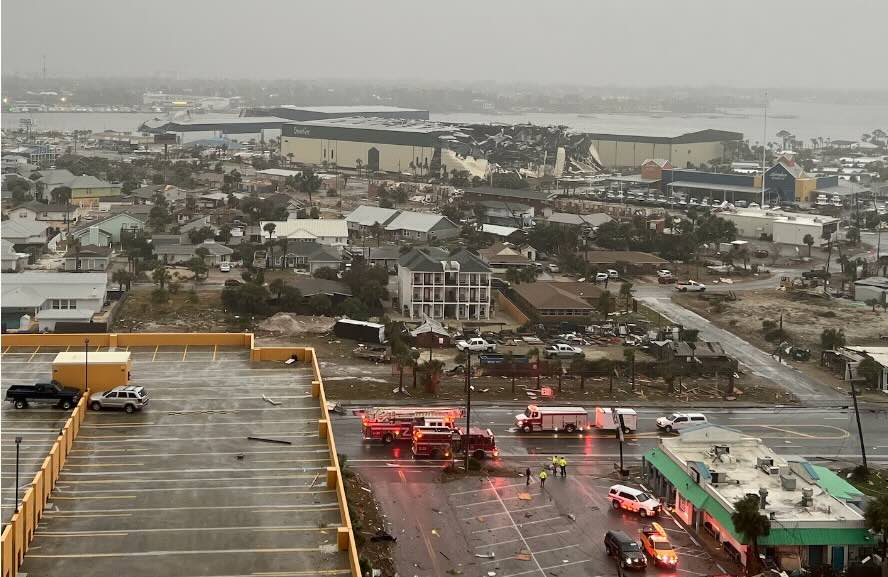 Source: Tallahassee Democrat
Source: Tallahassee Democrat
In addition to the EF-3 tornado, at least six EF-2 tornadoes were reported. They managed to uproot trees and caused significant damage to mobile homes, single-family residences, and businesses across the affected areas.
February 27-28: Off-Season Tornado Series
The February 27-28 outbreak reminded us that tornadoes are not limited by the traditional spring and summer months. This weather system primarily affected the Great Lakes states, an area not typically associated with major tornado sequences, especially in late winter.
Key highlights of this outbreak include:
- More than two dozen confirmed tornadoes across the region
- 12 tornadoes in northwestern Illinois and Indiana
- 9 confirmed tornadoes in central Ohio, including three EF-2 tornadoes
- An EF-2 tornado in southwest Michigan, only the second February tornado recorded in the state since 1974
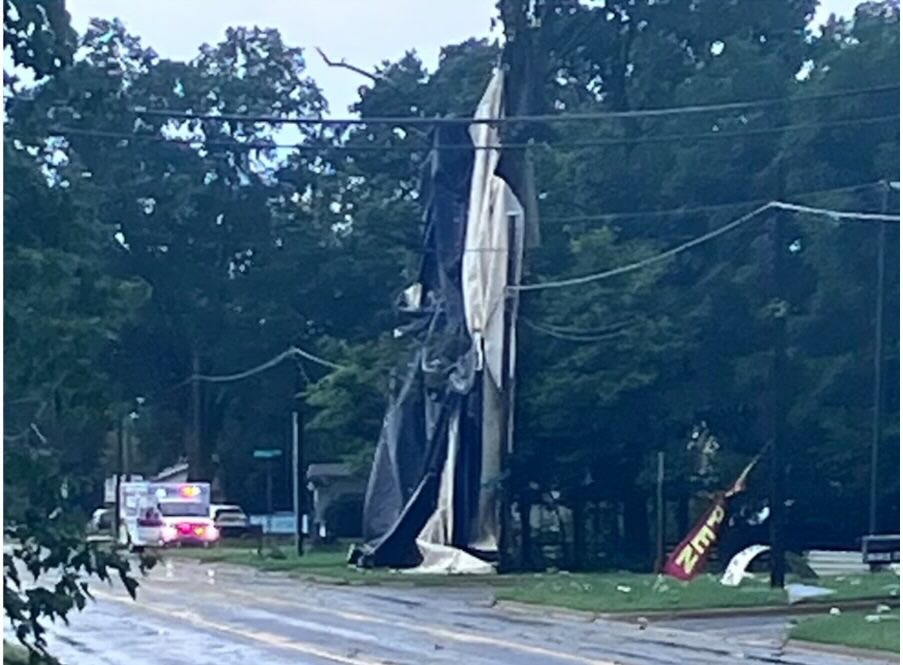 Source: St. Joseph County Sheriff’s Office
Source: St. Joseph County Sheriff’s Office
The system caused $1.3 billion in damage, earning it a place among the nation’s billion-dollar weather disasters for 2024. This economic impact underscores the growing cost of severe weather events, particularly in densely populated areas not used to such storms.
The February tornadoes also highlighted the importance of year-round extreme weather preparedness. Many residents in the affected areas were caught off guard, not expecting tornado-producing storms during the winter months.
Twister Season: April 1-3 Series
The April 1-3 outbreak is one of the most extensive and impactful events of the 2024 tornado season. This major event affected nine states, including areas outside the traditional Tornado Alley such as West Virginia, Tennessee, and Ohio.
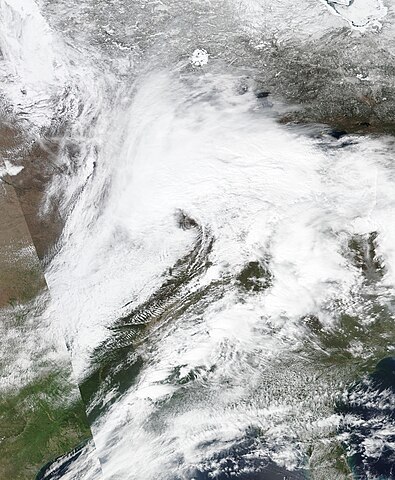 Source: NASA
Source: NASA
What made this event particularly noteworthy was its geographic spread. The twisters that touched down during these three days challenged the conventional wisdom about where and when tornadoes are most likely to occur. The event served as a reminder that in our changing climate, the boundaries of Tornado Alley may be shifting.
Sadly, five people died indirectly from this event. Although modern warning systems have reduced direct tornado deaths, this event showed the ongoing dangers after severe storms, like flooding and debris.
April 25-28 Tornadoes: Nebraska, Iowa, Kansas, Oklahoma, Texas
In late April 2024, a massive tornado series swept through the Central United States. From April 25 to 28, 164 tornadoes occurred across several states, including Nebraska, Iowa, Kansas, Oklahoma, and Texas.
On April 26, the NWS confirmed 77 tornadoes. On April 27, 55 tornadoes were confirmed. Among these were two powerful EF4 tornadoes, one near Elkhorn, Nebraska, and another in Marietta, Oklahoma, with wind speed of up to 170 mph. The Elkhorn tornado was so strong that it managed to flatten many houses.
 Source: Thomas Hinterdorfer
Source: Thomas Hinterdorfer
The Lincoln, Nebraska area narrowly escaped a direct hit from a high-end EF3 tornado. At the same time, another EF3 tore through parts of Omaha and Council Bluffs, Iowa. Tragically, 6 deaths and 178 injuries were reported. The economic toll was substantial, with damages estimated at $1.2 billion.
May 6-10: Violent Tornadoes
In early May 2024, a powerful series of tornadoes ravaged the Central and Southern United States, causing widespread devastation. Between May 6 and 10, an astonishing 179 tornadoes were recorded across several states, including Oklahoma, Kansas, Michigan, Tennessee, and Alabama. The most intense day was May 6, when an EF4 tornado with peak winds of 180 mph hit Barnsdall and Bartlesville, Oklahoma. It was the second tornado for Barnsdall in just five weeks.
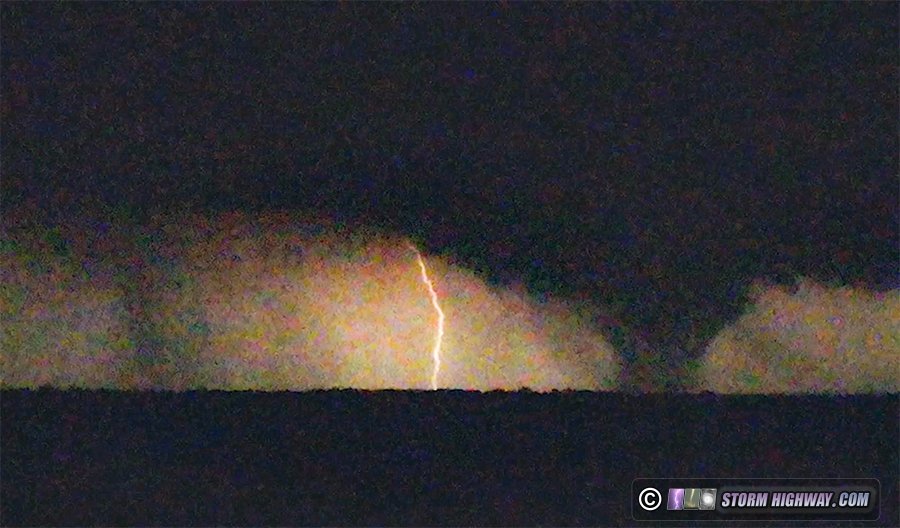
The Storm Prediction Center had issued a high-risk tornado outlook for parts of central Oklahoma and southern Kansas earlier that day. As the storm system moved east, it spawned many tornadoes in the Mississippi, Ohio, and Tennessee Valleys, with a severe series overnight on May 8. The disaster resulted in five fatalities, at least 88 injuries, and an estimated $6.1 billion in damages.
July 8 Tornadoes: Hurricane Beryl Aftermath
The July 8 tornado complex was a testament to the increasing frequency of tornado activity associated with tropical storms. On this day, 58 tornadoes were reported across eastern Texas, northern Louisiana, and southern Arkansas. These tornadoes were associated with the remnants of Hurricane Beryl, demonstrating the far-reaching impacts that tropical systems can have even after making landfall.
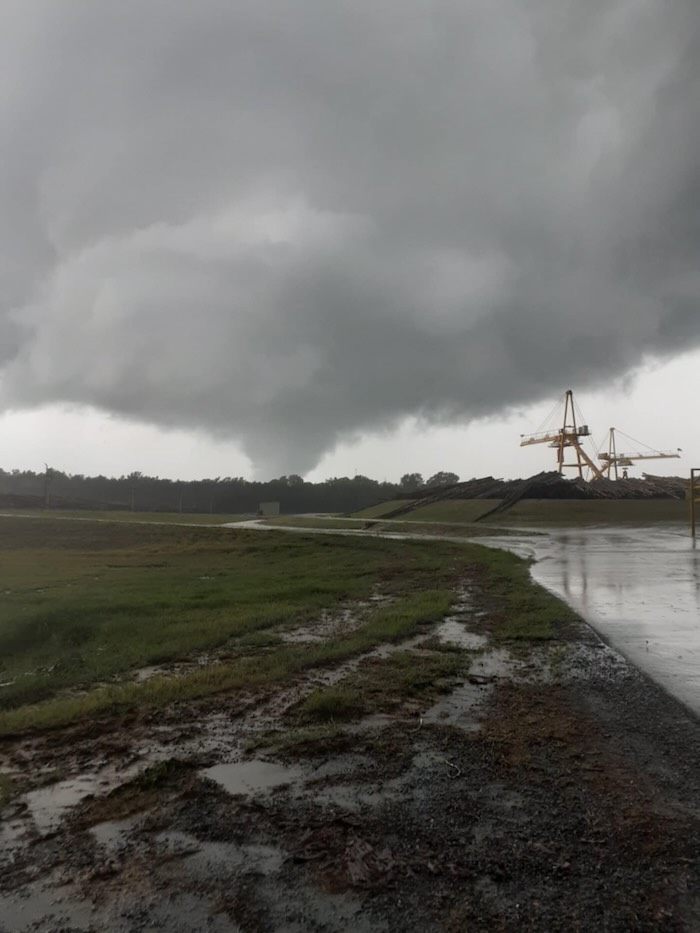 Source: KSLA News 12
Source: KSLA News 12
One of the most remarkable aspects was the number of tornado warnings. The NWS office in Shreveport, Louisiana, broke records by issuing 67 tornado warnings in a single day. This not only strained the resources of local weather offices but also tested the public’s ability to respond to an onslaught of severe weather alerts.
Season Overview and Statistics
As of August 19, 2024, the National Weather Service has confirmed 1,344 tornadoes in the United States. This number is significantly above average and includes:
- 32 EF-3 tornadoes
- 4 EF-4 tornadoes
- 612 EF-1 tornadoes
- 416 EF-0 tornadoes
Implications and Future Outlook
The latest twister season has raised numerous questions about the future of severe weather in the United States. Some key points to consider:
- Climate change. The unusual weather patterns in 2024, like more tornado-prone areas and off-season activity, match predictions of more extreme and unpredictable weather due to climate change.
- Warning systems. The record-breaking number of tornado warnings issued during some outbreaks has prompted discussions about potential “warning fatigue” and how to ensure that alerts remain effective.
- Building codes and infrastructure. The severe tornado damage in new areas has prompted calls for updated building codes and stronger infrastructure.
- Economic impact. With multiple billion-dollar disaster events, the 2024 season has highlighted the growing economic toll of extreme weather and the need for improved disaster preparedness.
- Forecasting advancements. The challenges posed by the 2024 season have spurred efforts to improve long-range tornado forecasting and to better understand the conditions that lead to major outbreaks.
Conclusion
The 2024 active tornado season has been one for the record books, characterized by geographic spread and off-season events. From January’s early outbreaks to the record-breaking summer storms, this year has challenged our understanding of tornado patterns and tested our warning and response systems.
The lessons from the 2024 season will shape future research, policies, and preparedness. The spread of tornado-prone areas, more off-season events, and the rising economic costs highlight the need for ongoing vigilance and adaptation to our changing climate.





